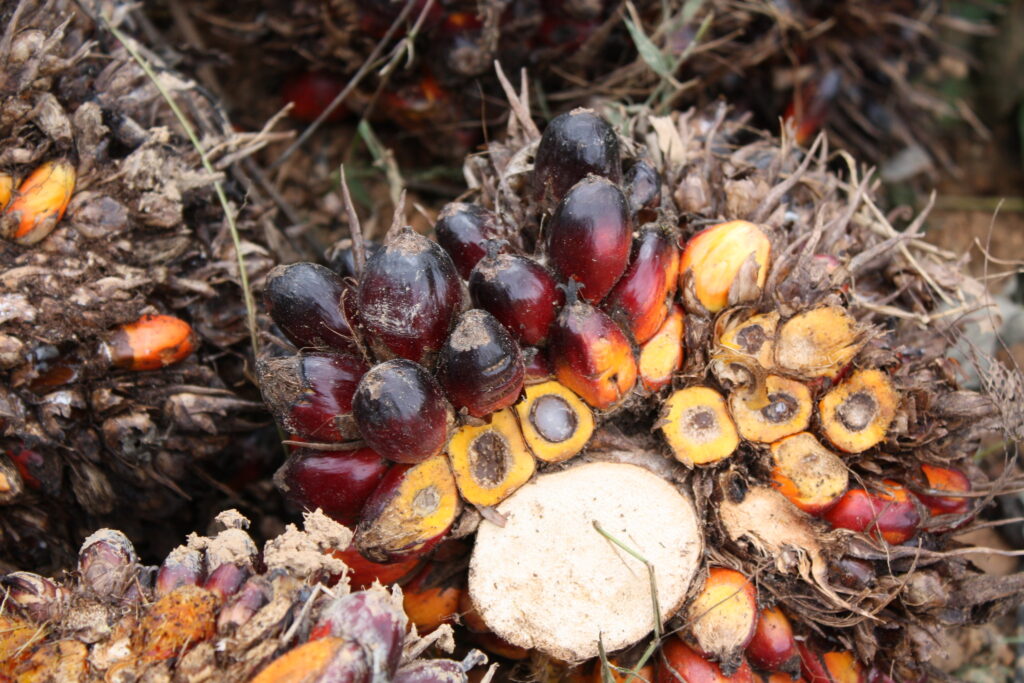
Palm oil is the world’s cheapest and most widely used vegetable oil. In fact, more than 86 million tons of palm oil was consumed last year alone. Even though few of us cook with it, palm oil can be found in approximately half of all packaged grocery items – everything from ice creams and pizzas to detergents and cosmetics.
This massive global demand for palm oil is driving tropical deforestation around the world. While many studies have shown how converting rainforests to oil palm plantations causes biodiversity loss, researchers from UMass Amherst are the first to demonstrate how these plantations also cause wide-ranging disturbances to nearby watersheds.
In the study, which was recently published in the journal Science of the Total Environment, the research team focused on the Kais River watershed of West Papua, a province in the far east of Indonesia. Approximately 25% of the watershed has been turned into oil palm plantations. The watershed is also one of the oldest continually inhabited homes for different groups of Indigenous Papuans.
The researchers found that the conversion of tropical rainforest to oil palm plantation has increased precipitation, runoff, and soil moisture. Water quality in the watershed has also gotten dramatically worse: sedimentation has increased by 16.9%, nitrogen by 78.1%, and phosphorus by 144%.
The research team hopes regulators will work to limit the use of pesticides, conduct continuous water quality monitoring, and ensure that downstream communities have access to water quality information.
**********
Web Links
Oil Palm Plantations Are Driving Massive Downstream Impact to Watershed
Photo, posted December 13, 2008, courtesy of Fitri Agung via Flickr.
Earth Wise is a production of WAMC Northeast Public Radio
Leave a Reply